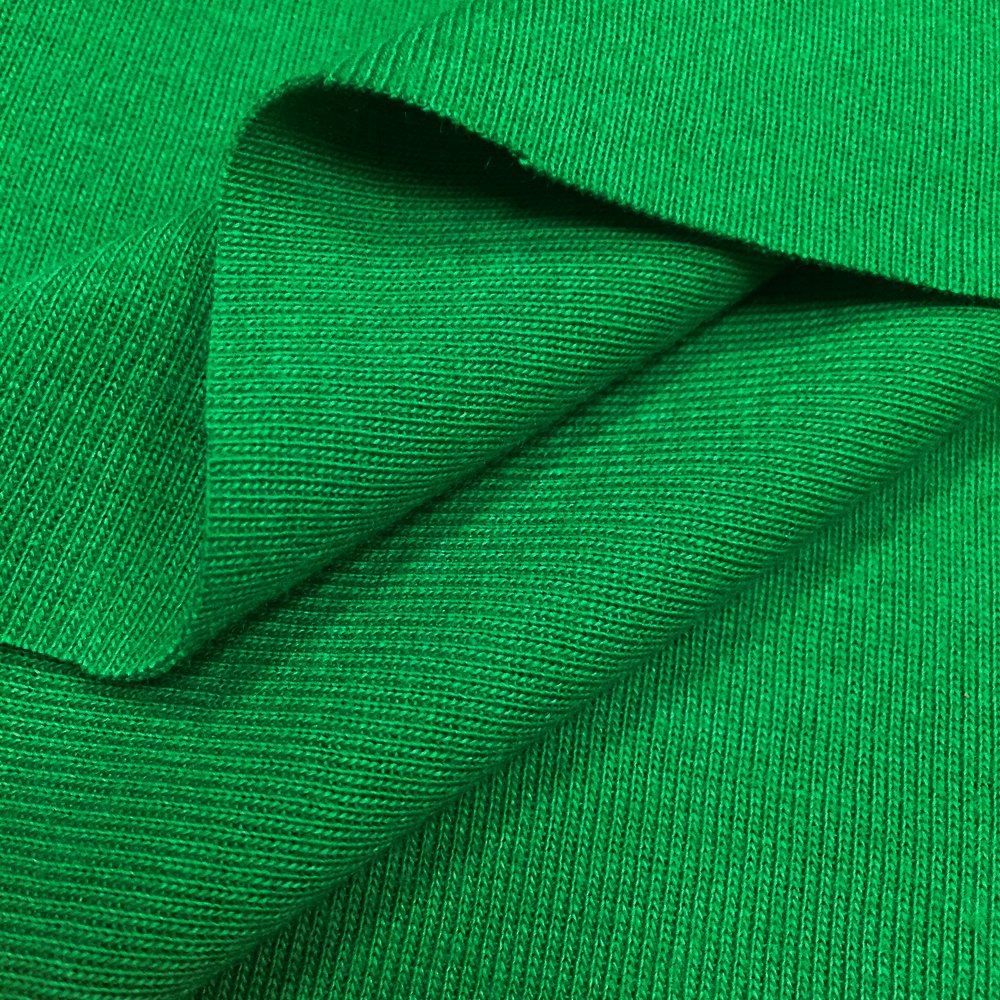Cotton textile industry – The textile industry is a booming business this year especially with the introduction of loopnet cotton. We can consider it a boom period for business owners. Whether it is about high visibility safety belts or fancy table clothes or construction worksite for the launching of new restaurant textile is around us. These materials are made of textiles we wear or window we use in offices or at home, and the essentials of many cleaning products. They are available in various types, including linen, wool, cotton, nylon or polyester.

With such understanding, there’s no doubt that textiles are truly a necessary part of our very survival. Some of the documented history encompassing textile production began around the 15th century when sheep wool used for clothing purposes.
A more prosperous textile market surfaced quickly thereafter, in the 16th century, as kings and high-ranking officials took benefit of silkworms to produce smoother, more luxurious and more delicate fabrics. While cotton textiles also appeared this time, it was not until the industrial era that loopnet fabric cotton really took off. As a result of new industrial technology, it grew faster and cautiously to produce and the favoured fabric among societies and religions worldwide.
Loopnet Cotton textile industry
Today, the fashion industry acquires more than the trillion-dollar global textile market. If we include 34 million loopnet fabric wholesale apparel, the total equates to a huge 57.8 million employees. If we calculate globally women’s wear is estimated at around $632 billion and men’s wear at $408 billion. Other areas such as children’s wear, sportswear, bridal wear, and luxury goods retailers are roughly worth a cumulative $684 billion.
The main machine in the textile industry is the weaver. This device is the lifeblood of any industry that forms such products. Much past machinery, the new weavers take hundreds of mini fibers and weave them into one to make a flat part of the cloth. In the days past this was achieved one strand at a time, woven through the others. With the new weavers, the strands are zigzagged hundreds at a time to make the process fast and very effective.
The difficulty with the textile devices is that some of them lay which need to be created with extremely colourful and very challenging. This requires the weaver administrators to set up the weaver to make sure that every strand goes where it should go to. This produces issues by the time restrictions placed on multiple of the orders. The clothing manufacturers demand a speedy turnaround time so they can get the clothing in the stores and start getting profit. For the most utmost part, the textile companies will run 24 hours a day to ensure that they can match the demand.There are also the dying machines that need extra take care. Some textiles require multiplying dying assemblies for the proper design but not in the case of loopnet cotton, Most of the companies still hire weaver workers to create one of the kind fabrics that their customers are demanding.
